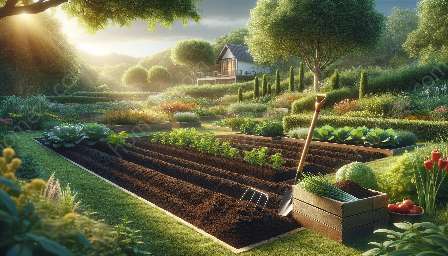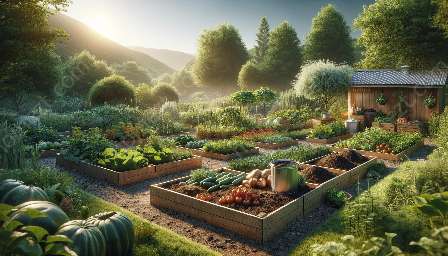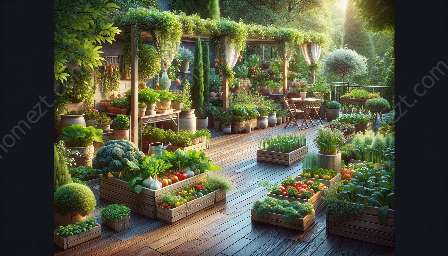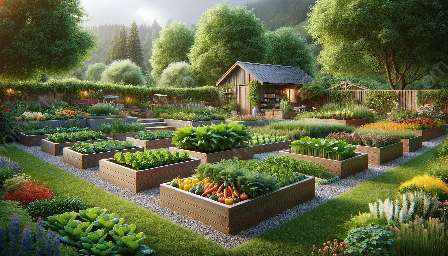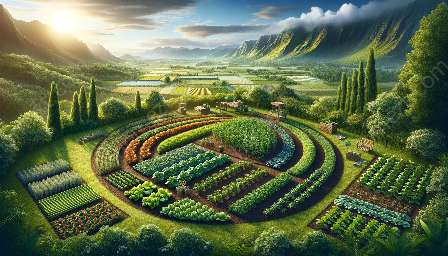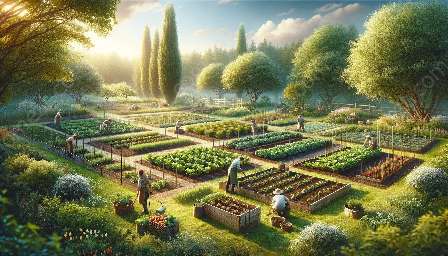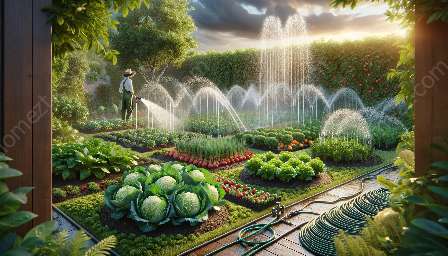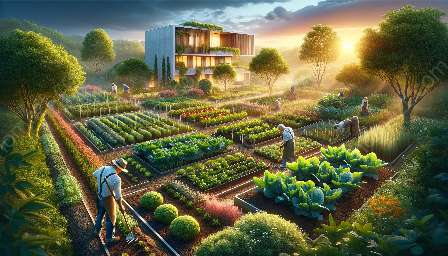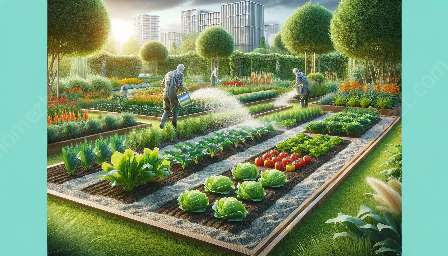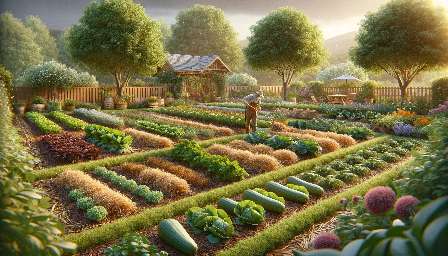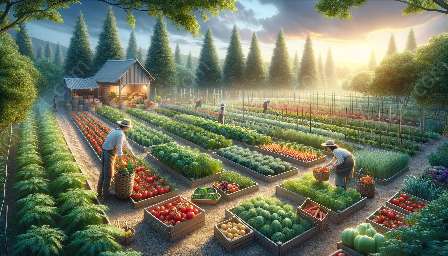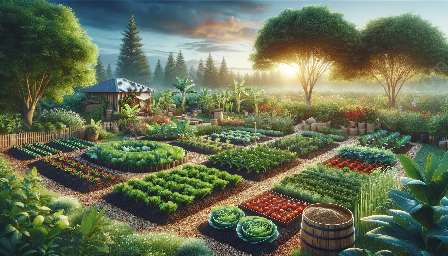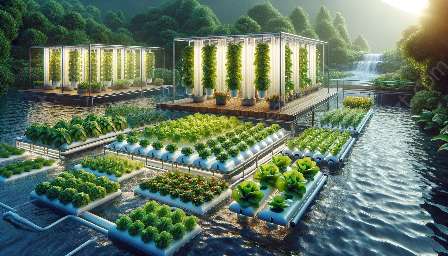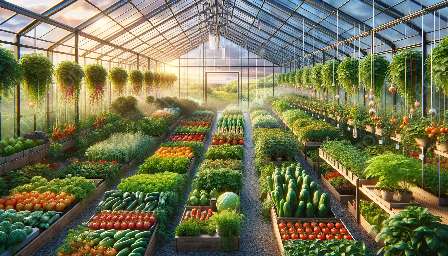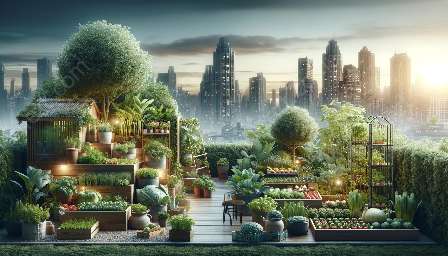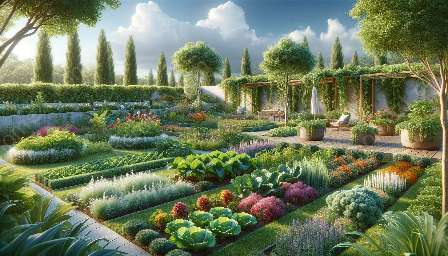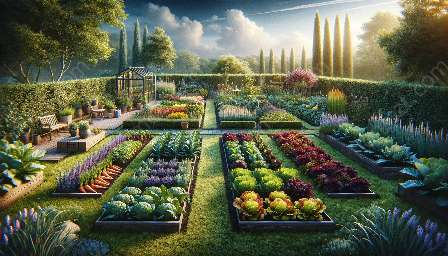Greenhouse gardening is an exciting and practical way to enhance your vegetable gardens, providing a controlled environment for plants to thrive. A greenhouse is a structure designed to create an ideal growing environment for plants, allowing you to extend the growing season and cultivate a wider variety of crops.
Benefits of Greenhouse Gardening
Extended Growing Season: By providing warmth and protection from harsh weather conditions, a greenhouse enables you to grow vegetables throughout the year, even in colder climates. This extends your gardening season and allows for a continuous harvest of fresh produce.
Year-Round Availability: With a greenhouse, you can enjoy a diverse range of vegetables year-round, including exotic and warm-weather crops that may be challenging to grow outdoors in certain regions.
Optimal Growing Conditions: Greenhouses offer control over temperature, humidity, and light, creating an optimal environment for plants. This control can lead to healthier plants, increased yield, and improved quality of vegetables.
Pest and Disease Management: The enclosed nature of a greenhouse helps in keeping pests and diseases at bay, reducing the need for chemical interventions and promoting natural pest control methods.
Setting Up Your Greenhouse Garden
Location and Orientation: When setting up a greenhouse, choose a spot that receives ample sunlight and is sheltered from strong winds. Proper orientation and placement can optimize natural light and provide a stable environment for plants.
Design and Construction: Greenhouses come in various designs, including freestanding, attached, and lean-to structures. Select a design that complements your landscape and caters to your gardening needs.
Temperature and Ventilation: Managing temperature and ventilation within the greenhouse is crucial. Consider incorporating automatic venting systems, fans, and shading to regulate the internal climate effectively.
Irrigation and Soil Management: Implement an efficient irrigation system and ensure proper soil preparation to provide plants with optimal growing conditions. Container gardening and raised beds are popular methods for greenhouse vegetable cultivation.
Sustainable Practices and Landscaping
Water Conservation: Employ water-saving techniques such as drip irrigation and rainwater harvesting to promote sustainable gardening practices within your greenhouse and surrounding landscapes.
Companion Planting: Incorporating companion planting and beneficial insect habitat in and around the greenhouse fosters an ecological balance and aids in pest management, enhancing the overall health of your vegetable gardens.
Integration with Landscaping: Integrate your greenhouse into the surrounding landscape to create a visually appealing and functional outdoor space. Utilize pathways, decorative plantings, and hardscaping elements to seamlessly blend your greenhouse garden with the rest of your outdoor environment.
Conclusion
Greenhouse gardening offers countless benefits for vegetable gardens, providing an opportunity to cultivate a wider range of crops and extend the growing season. By incorporating sustainable practices and thoughtful landscaping, greenhouse gardening can not only enhance the productivity of your vegetable gardens but also contribute to a more environmentally conscious and aesthetically pleasing outdoor space.

